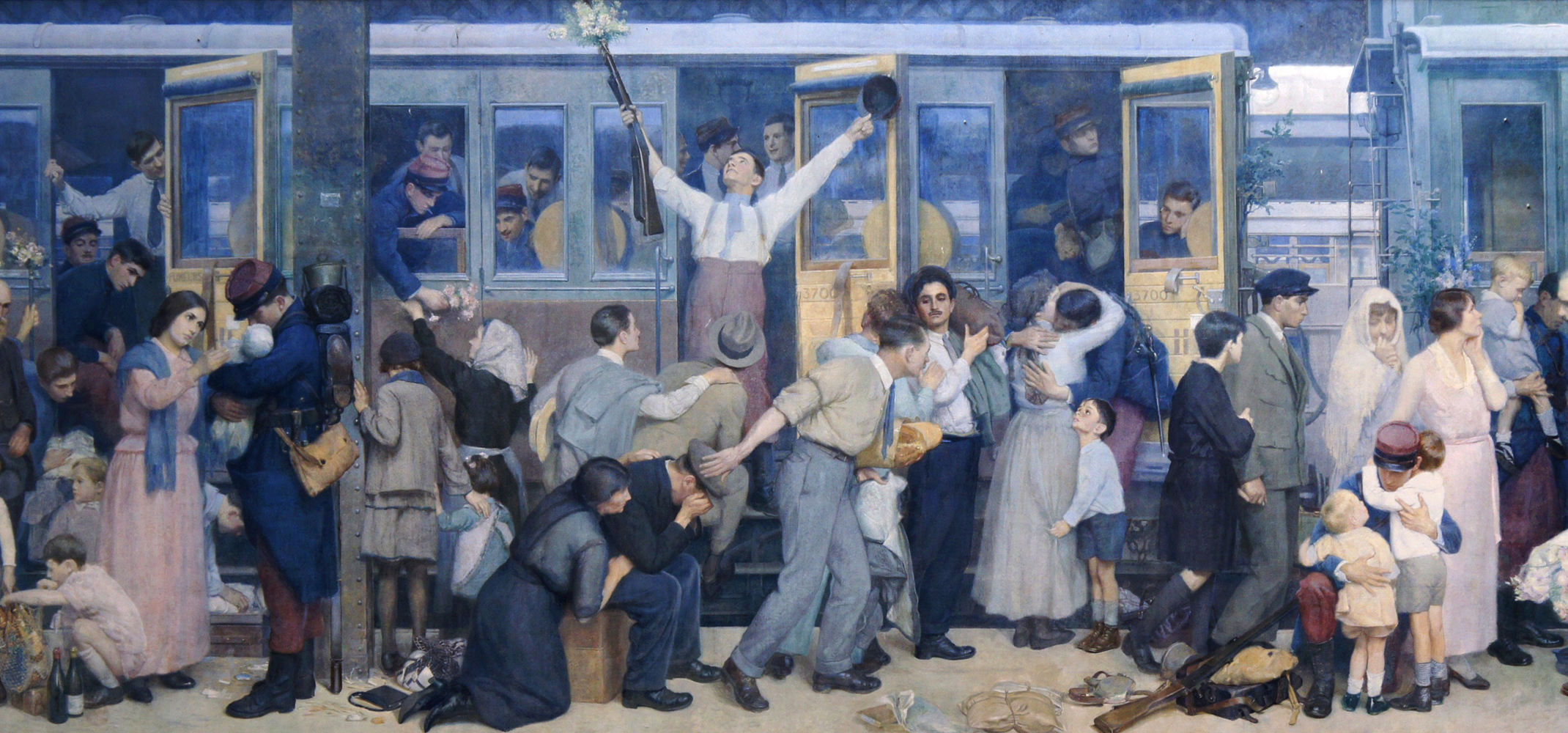This week, as part of the ceremonies of the centenary of the armistice of November 11, 1918, the French President carries out a cycle of displacements in the east and the north of the country.. The beautiful term used by the media is that of a “memorial roaming”.
It is from this austere land of Lorraine and Alsace, that mine originate. Certainly, history has detached Belfort, where my family was able to continue to love France freely after the war of 1870. But from Vosges to Moselle, even if I go there too rarely, I’m there at home. So much so that, as soon as the champagne passes, I find my accent again.
This region, some great minds have renamed it “Great East”, preferred to “New Austrasia”, or “Acalie” …
Las! Champagne, the Ardennes, Lorraine, Alsace deserved better than these stateless names! I do not know where this taste comes from hurting identities by erasing history. Why this injustice to regions that have paid such a tribute to their love of France? …
Beyond the wound, beyond injustice, it is especially confusing stupidity to seek to erase the story! The Peruvian writer, Mario Vargas Llosa, Nobel Prize winner for Literature 2010, wrote somewhere: “Nationalism is the culture of the uneducated, the religion of the parochialism, and a curtain of smoke behind which prejudice, violence and often racism. “
So, we must congratulate ourselves on this memorial journey.
Tomorrow, the Head of State will go to Les Eparges, in the Meuse, not far from Verdun. He must pay tribute to Maurice Genevois, French novelist and poet, seriously injured April 25, 1915 in Rupt-en-Woëvre, near the hill Eparges.
From his experience on the front (August 1914-April 1915), Maurice Genevois had published five books, born from his war diaries, scribbled notes, orders of battle, various instructions, list of sectors, dates …
It was born an authentic and precise testimony of what he had lived and observed: Sous Verdun (April 1916), Nuits de Guerre (December 1916), Au Seuil des Guitounes (September 1918), La Boue (February 1921), and The Eparges (September 1921). These five stories were collected under the same title, Those of 14, in 1949.
Seriously infected with the Spanish flu, like Guillaume Apoliinaire, whom I mentioned yesterday, there is for our great happiness survived, dying only in 1980. The President could announce his entrance to the Pantheon.
There are surely many ways to love France. I am one of those regions where we knew the absurdity of the fighting, when we fell on both sides.
So, yes, my France, because of history, the great, and my little one, I love it stuck to Europe.
And if from this Europe, the Rhine and its tributaries, the Moselle, the Meuse are the heart, we will all win in ardor, I promise you.
Iconography: “The Departure of Hairy, August 1914”, work of the American painter Albert Herter offered to France in 1926, Gare de l’Est, Paris (personal collection).

After working as an international banker for emerging countries, Laurent Lascols became global head of country risk / sovereign risk (from 2008 to 2013) then global director of public affairs (from 2014 to 2019) for Societe Generale. In 2021, he founded Aristote, an advisory firm and training organization dedicated to environmental economics, sustainable finance and impact finance.

